Have you ever caught your furry friend twitching their little paws while fast asleep, wondering what adventure they’re having in dreamland? A cat twitching in their sleep is a pretty sure sign that they’re dreaming. Your cat’s sleeping habits might seem like pure laziness to outsiders, yet there’s actually a fascinating world of activity happening inside their minds during those lengthy nap sessions.
Scientists have discovered that cats experience REM sleep and it’s highly likely that they dream too, just like we do. When your cat settles in for one of their famous catnaps, they’re not just resting their bodies but also processing the day’s events, from that intense bird-watching session by the window to the epic chase scene with their favorite feather toy. So let’s dive into the mysterious world of feline dreams and discover what those adorable sleep sounds really mean.
The Hunting Dream
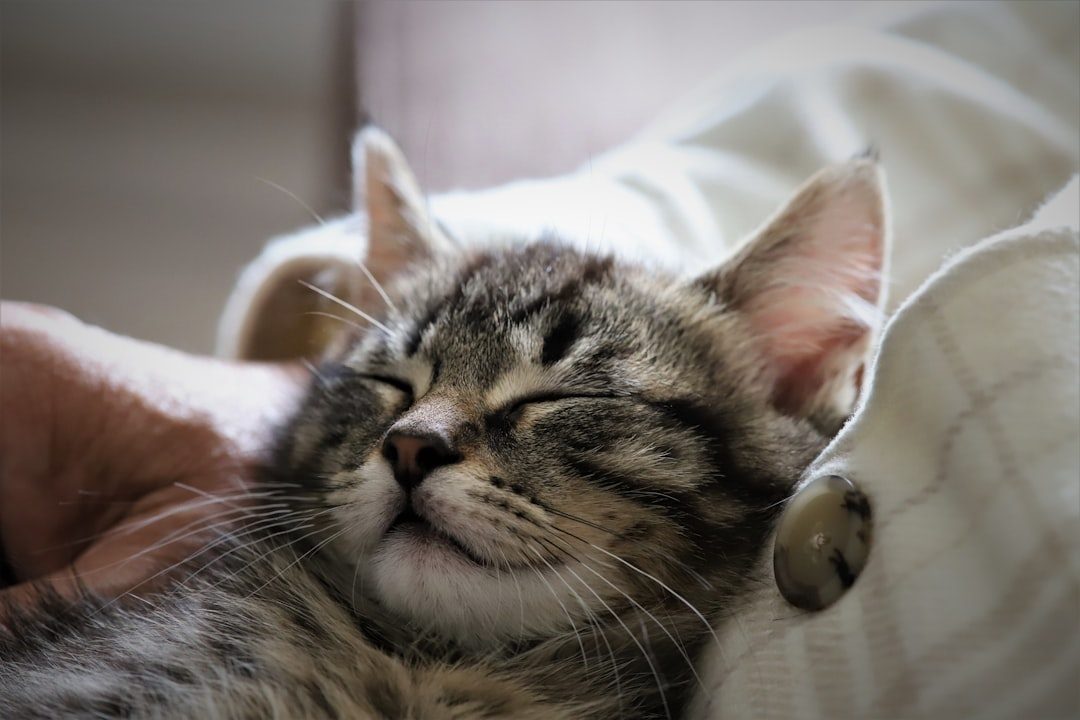
Cats are likely “acting out” part of their dreams, whether they’re chasing a housemate, stalking a bird, or playing laser tag with their pet parent. This is probably the most common dream your cat experiences, and honestly, it makes perfect sense. Even though your indoor cat might never catch actual prey, their wild instincts remain deeply ingrained in their subconscious.
You’ll often notice your sleeping cat making subtle pouncing motions or quick paw movements during these hunting dreams. When cats experience REM sleep, they tend to move their heads as though they’re following or watching something, so it’s likely that when our furballs are curled up snoozing, that they’re probably dreaming about their favourite pastime – hunting. Their whiskers might twitch as they track imaginary mice, and you might even catch them making soft chirping sounds, mimicking the noises they make when watching birds through the window.
The Food Fantasy Dream
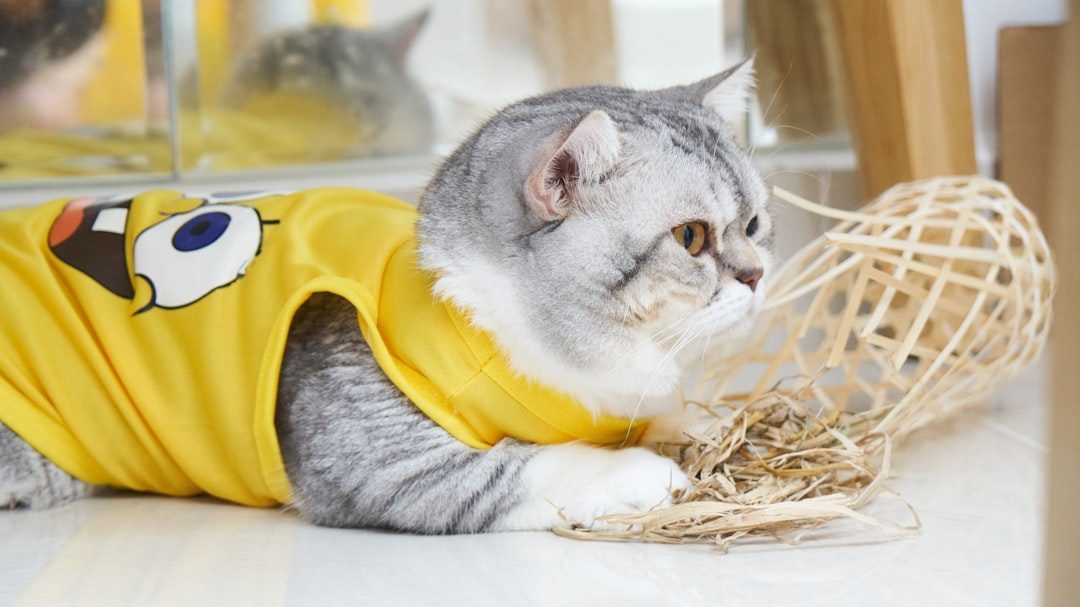
Let’s face it, food plays a massive role in your cat’s daily routine, so it’s no surprise that mealtime adventures frequently appear in their dreams. Cats probably dream about their everyday life and the people around them the same way as humans do, and they are likely asking for food from you in their dream, messing with you, or snuggling with you. These dreams might involve endless bowls of their favorite treats or perhaps that time they successfully convinced you to give them a second breakfast.
During food-related dreams, you might notice your cat making gentle licking motions with their tongue or soft smacking sounds. Some cats even exhibit kneading behaviors with their paws, as if they’re working those imaginary food puzzles or preparing their meal area. The connection between their dreams and daily experiences becomes crystal clear when you observe these familiar feeding behaviors playing out in their sleep.
The Social Bonding Dream

Cats might dream about snuggling with you on the sofa, hunting a bird or mouse or may be dreaming about an incident that occurred with another cat or dog. Your cat’s relationship with you and other household members creates a rich tapestry of memories that often resurface during their dream cycles. These social dreams can be incredibly heartwarming to witness, especially when you see your typically independent cat seeming to seek comfort in their sleep.
You might observe your dreaming cat reaching out with their paws as if they’re trying to touch someone, or making soft purring sounds that indicate contentment and security. For cats sleeping near other cats or their human companions, purring can be a form of social bonding and a subtle communication method that signals safety and maintains social connections, even in a state of rest. These dreams reinforce the emotional bonds your cat has formed and help them process positive social interactions from their waking hours.
The Territorial Patrol Dream

Even the most pampered house cat retains strong territorial instincts that frequently manifest in their dreams. Even when asleep, a cat’s ancient instincts can surface, and in dreams about their territory, they might emit sounds that express vigilance or warning. These dreams often involve patrolling their domain, checking familiar spots, and ensuring everything remains secure in their perceived territory.
During territorial dreams, your cat might display subtle alertness behaviors even while asleep, such as ear movements or slight head turns. You could also notice them making quiet growling or chattering sounds, as if they’re encountering intruders or defending their favorite sunny windowsill. Your cat may be reliving a playful chase, guarding their territory, or engaging in imaginary adventures, and cats are curious by nature, so their dreams may involve climbing, investigating new areas, or navigating their surroundings.
The Adventure and Exploration Dream
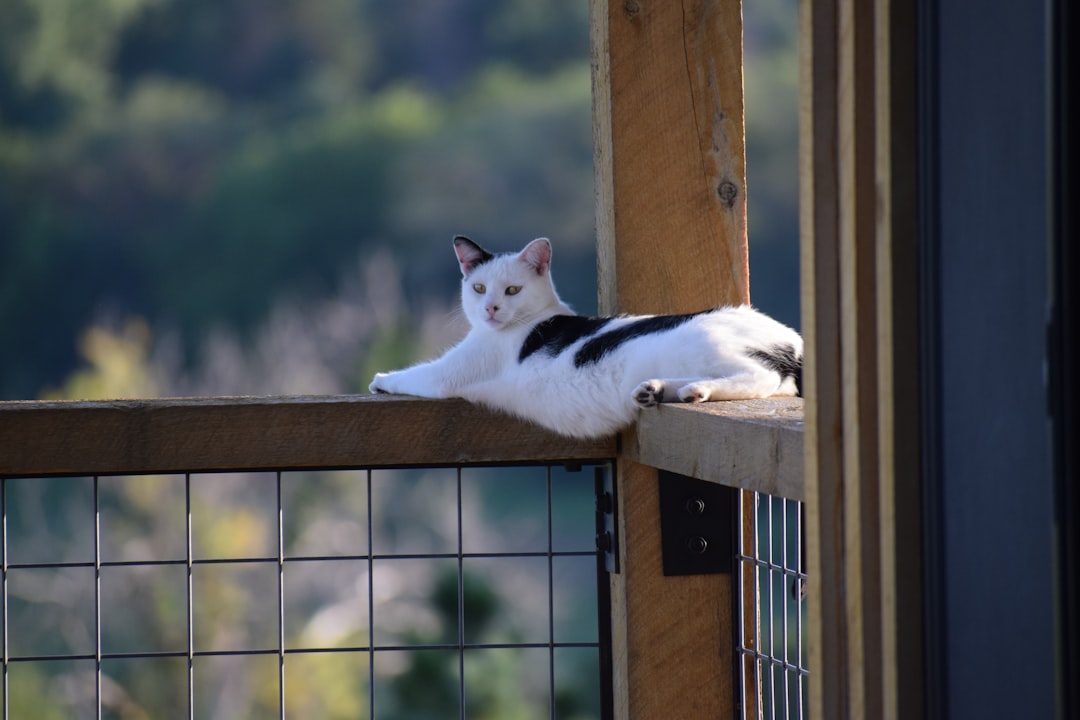
Cats are naturally curious creatures, and their dreams often take them on grand adventures beyond the confines of their familiar environment. Dreaming helps to reinforce learning, retain memories, and even serve as a form of enrichment, allowing your cat to imagine scenarios such as catching mice the size of a car! These exploration dreams might involve discovering new rooms, scaling impossible heights, or investigating mysterious sounds and scents.
Watch for climbing motions during these dreams, where your cat might stretch their limbs or make reaching movements as if they’re navigating complex terrain. Their paws might paddle as though they’re climbing invisible cat trees or exploring fascinating new territories. Dreaming provides a form of mental stimulation and entertainment for cats during their sleep and adds an extra layer of enrichment to their lives, allowing them to engage in imaginary play and exploration.
The Playtime Memory Dream
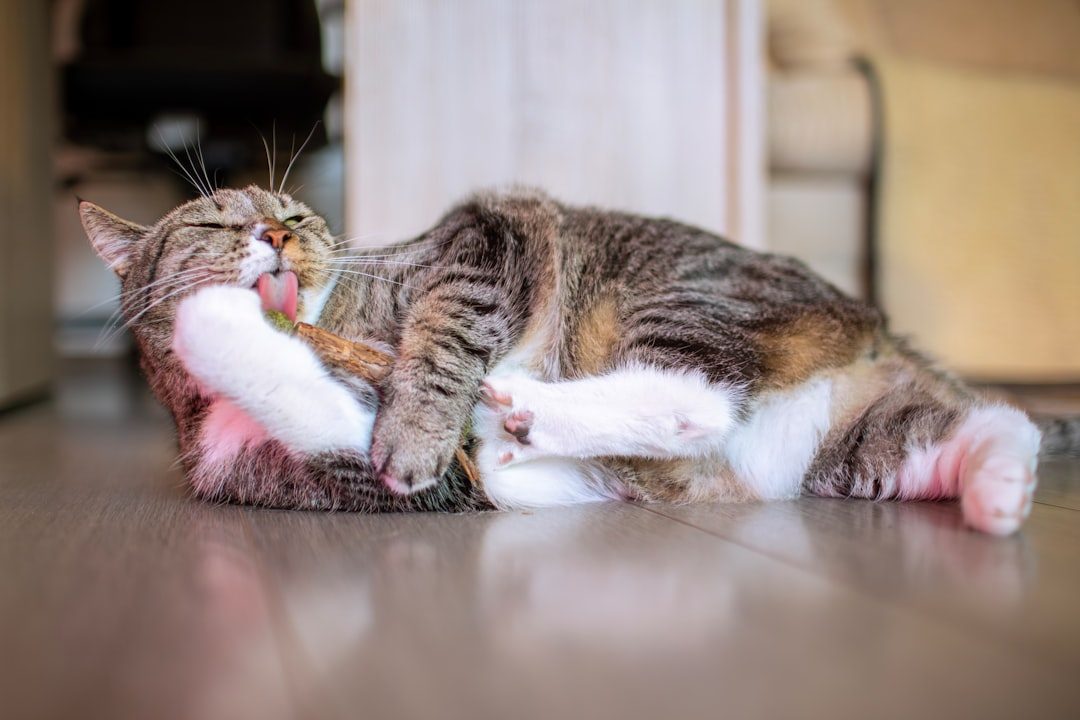
Cats also likely dream about activities such as hunting, eating, and playing fun games, and providing your cat with wand toys, treat-dispensing toys, cat trees, and other forms of enrichment can help them have fun things to dream about. These playful dreams often recreate favorite games and interactive moments from their waking hours, complete with the excitement and energy they felt during the original experience.
You might observe your sleeping cat making batting motions with their paws, as if they’re swatting at that beloved feather toy or chasing a laser pointer dot. Playtime, meals, and interactions with their human companions and fellow feline friends are likely to be recurring themes in their dreams, and the twitches, purrs, and even sounds they make during sleep provide glimpses into the dreams in action. Their tail might even flick with the same rhythm they use during actual play sessions.
The Nightmare Experience
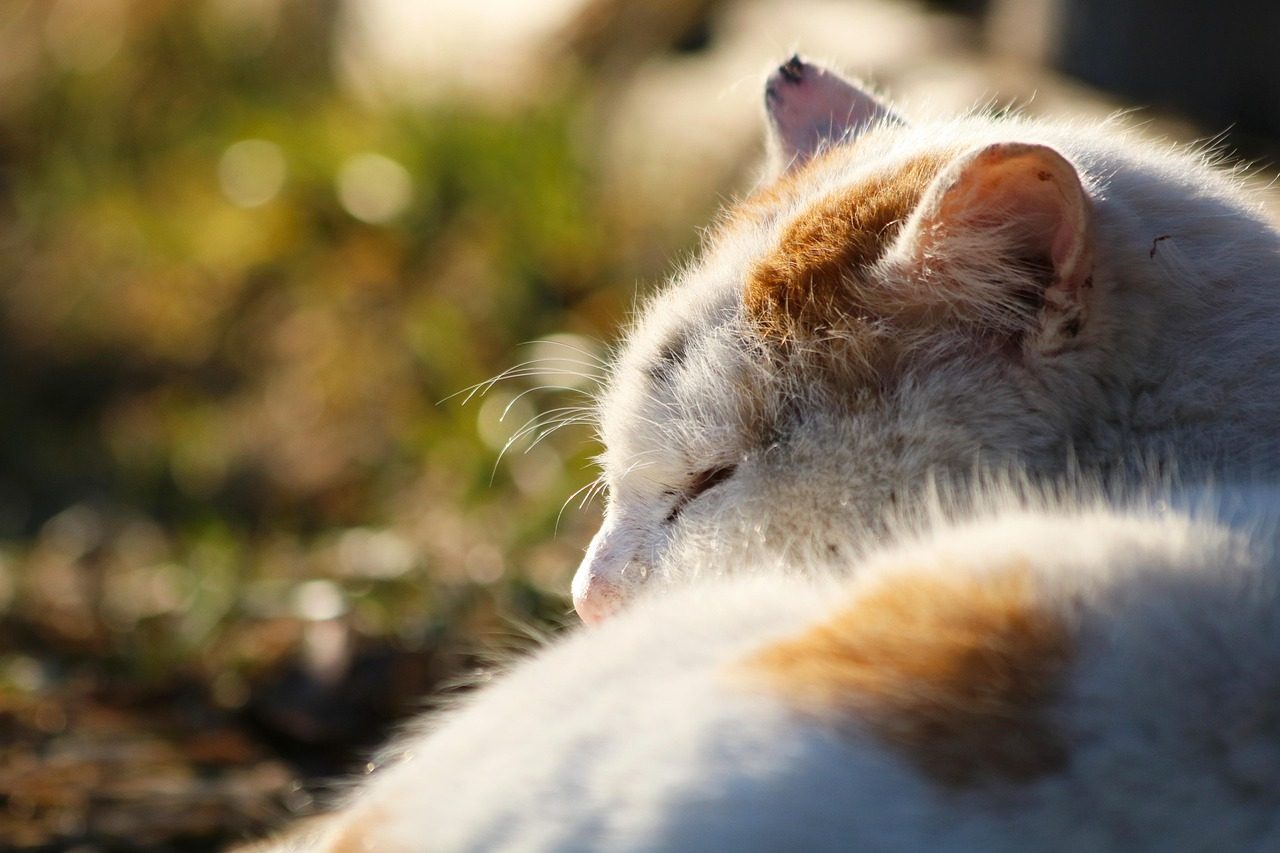
Unfortunately, not all cat dreams are pleasant adventures. If a cat has a particularly frightening experience, such as a fight with another cat, a close call with a car, or a fall off a roof, they might even have nightmares. These distressing dreams can involve reliving scary experiences or imaginary threats that trigger their fight-or-flight response.
If your cat is twitching, whimpering, growling or crying then it’s likely your cat’s having a nightmare, and you should never try to wake your sleeping cat during bad dreams as they’ll be confused and may lash out at you. The key is to remain calm and provide comfort once they naturally wake up. They may wake up and appear distressed, in which case they’ll appreciate a cuddle to make them feel safe and loved again. Remember, these dreams serve as a way for cats to process difficult emotions and experiences.
Purring While Dreaming
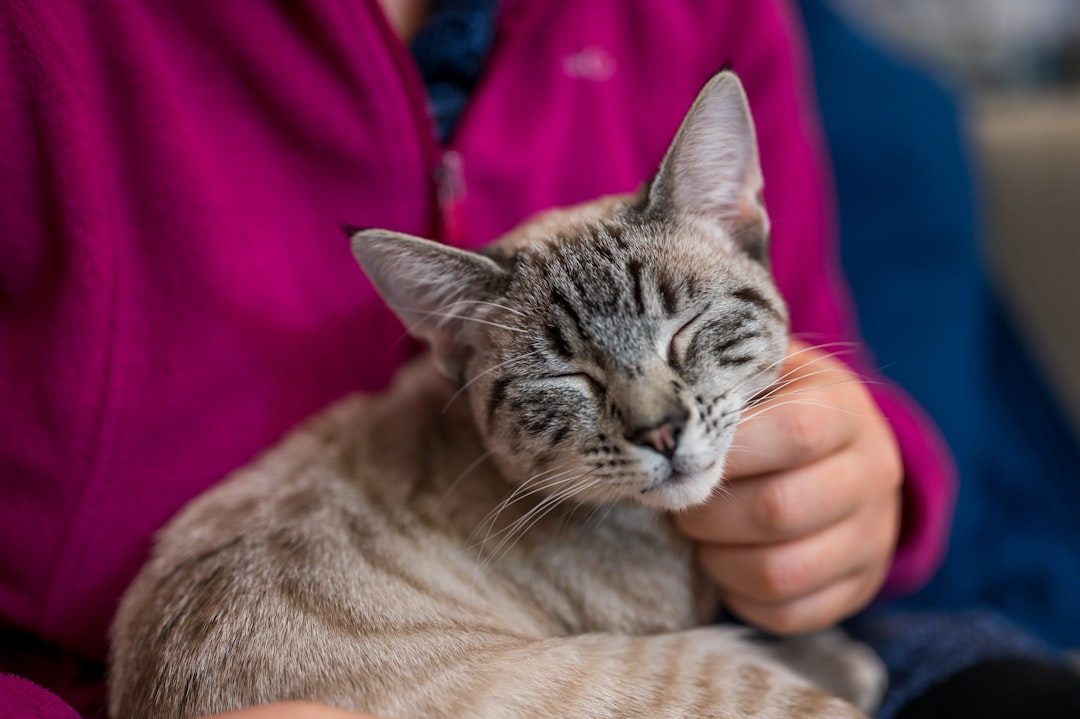
Cats are able to purr in their sleep because they sleep very lightly. This gentle rumbling sound during sleep indicates deep contentment and security in their environment. Purring is primarily a sign of contentment, and when a cat feels safe, comfortable, and relaxed in their environment, they may continue to purr even while sleeping.
The fascinating thing about purring during sleep is that it may serve multiple purposes beyond expressing happiness. Some research suggests that the low-frequency vibrations produced during purring may potentially have therapeutic effects and could help with bone healing, reducing inflammation, and promoting muscle and tendon repair, though these effects are still being studied. Your cat might be literally healing themselves while they dream, making those peaceful purring sessions even more remarkable.
Sleep Meowing and Vocalizations
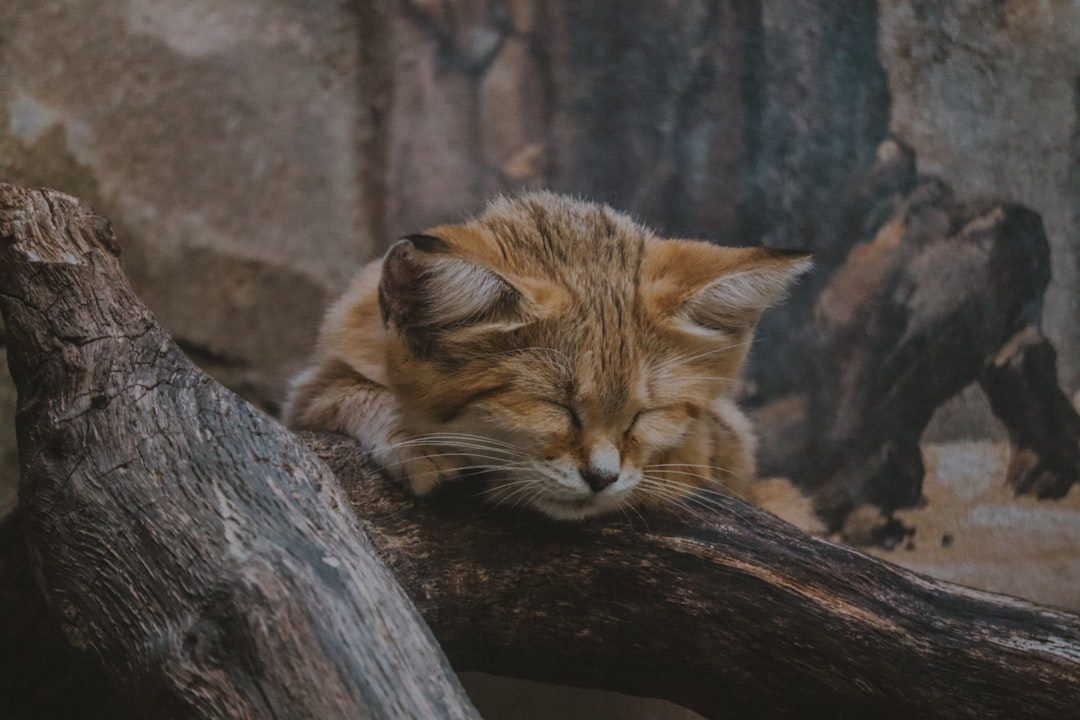
Cats may meow in their sleep for a variety of reasons, with one of the primary reasons being Dream-Induced Meowing, where cats vocalize their experiences from dreams, similar to how humans might talk during sleep. These soft vocalizations can range from quiet mews to more distinct meowing sounds, depending on what’s happening in their dream world.
A cat meowing in sleep is usually due to dreaming and could be a reaction to something happening in their dream, whether it’s a pleasant experience or a less pleasant one. Think of it as your cat’s version of sleep talking. The intensity and tone of their meowing can give you clues about whether they’re having a positive or negative dream experience, though most sleep meowing is completely normal and harmless.
Chirping and Trilling Sounds
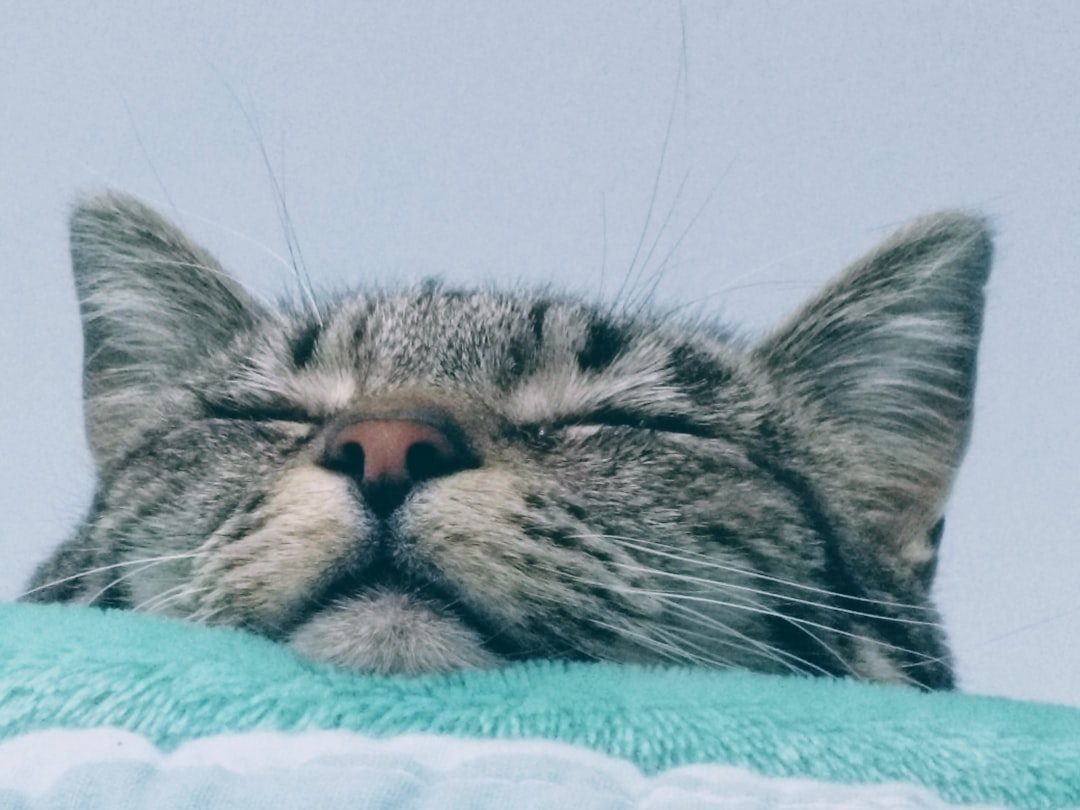
The sounds you’re describing, such as soft chirps and muffled meows, are often normal in cats, and chirping and meowy sounds during sleep can occur naturally. These delightful sounds often occur when cats dream about activities that would naturally elicit chirping when awake, such as bird watching or expressing excitement about something interesting.
These softer sounds are often associated with happy or excited states when awake, and can sometimes manifest during lighter sleep. Sometimes when cats are sleeping all of a sudden they will start making these strange chirping noises like a bird and their paws will start to twitch. These cheerful sleep sounds typically indicate your cat is having positive dreams and experiencing joy even while unconscious.
Squeaking and Whimpering Noises
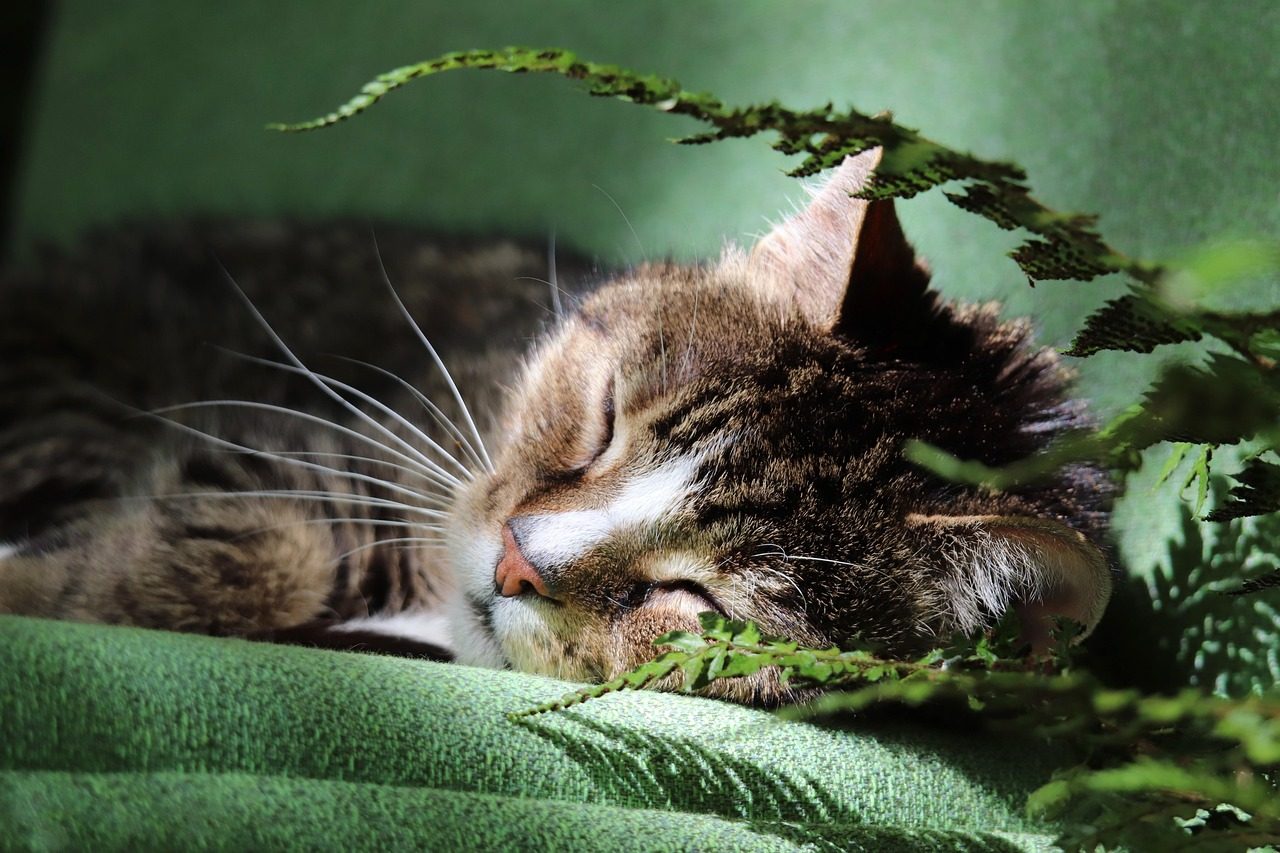
Cats making little squeaky noises while asleep is all normal, as they’re dreaming, and some cats squeak and get twitchy paws in their sleep. These soft, almost kitten-like sounds can be particularly endearing and usually indicate your cat is experiencing something emotionally engaging in their dreams.
Whining sounds in a sleeping kitten can be normal, often linked to dreaming or light sleep phases, however, persistent or distressing noises might indicate respiratory infections or discomfort. The context matters significantly – occasional squeaking during REM sleep is perfectly normal, but consistent distressed vocalizations warrant veterinary attention to rule out underlying health issues.
Snoring and Heavy Breathing
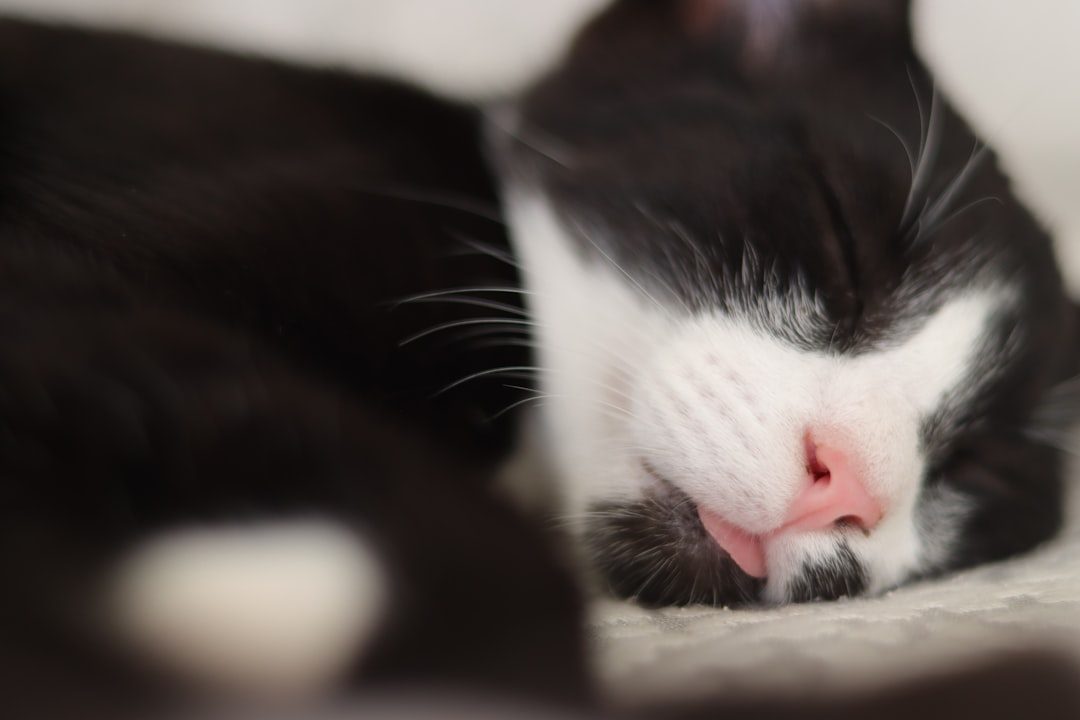
Cats have a deeper, non-REM phase of sleep where they are fully-relaxed, and this is the time when many people will hear their cat snoring, though if you only hear your cat snoring once in a while, there is probably nothing to be concerned about. Some cats are natural snorers due to their facial structure or sleeping position, making this a completely benign sleep sound.
If your cat’s light sleep purrs sound different from their waking purrs, your cat might actually be snoring, which usually happens when your cat is sleeping deeply and is more common in cats with allergies, flat faces, or overweight cats. Brachycephalic cat breeds snore more than other cats, as these are cats with flatter faces, such as Persians, and their shortened nasal passages and elongated soft palates can lead to noisy sleeping.
Conclusion
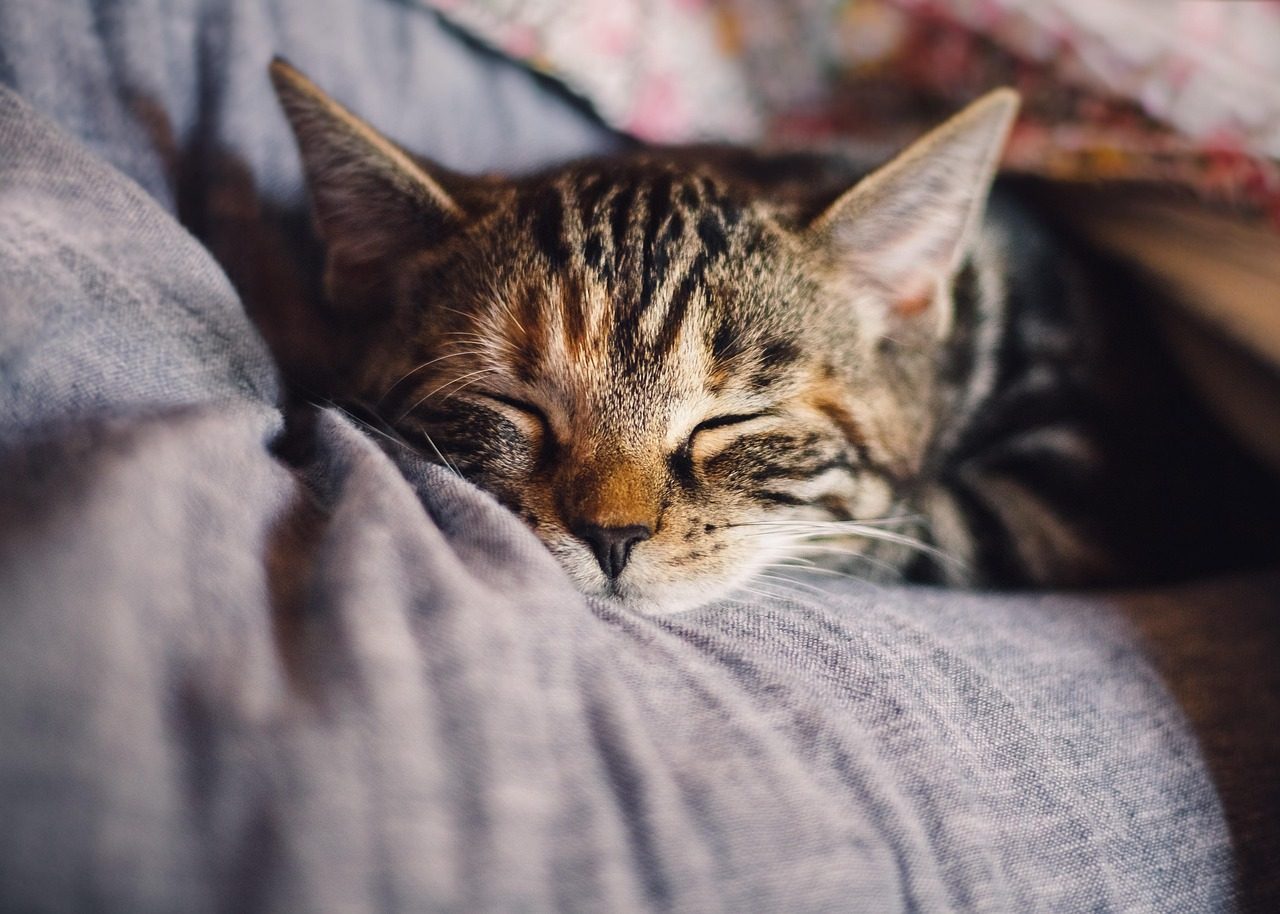
Understanding your cat’s dreams and sleep sounds opens up a window into their rich inner world. Twitching and making noises in their sleep is a completely normal behaviour for most cats and is a sign that their brain is processing their daily adventures and experiences. From hunting expeditions to social bonding moments, your cat’s dreams reflect the complexity of their emotional and cognitive lives.
The various sounds they make while sleeping, from gentle purring to playful chirping, tell stories of contentment, adventure, and sometimes concern. Most cat sleep sounds like purring, soft meows, or even quiet growls are normal and are often related to dreaming or relaxation, however, if the sounds are sudden, very loud, sound like distress, or are accompanied by unusual breathing, it’s best to consult a veterinarian. Next time you catch your feline friend in the middle of a dream adventure, you’ll have a better understanding of the fascinating world they’re exploring in their sleep.
What fascinating dreams do you think your cat has been having lately? Share your observations in the comments below.





